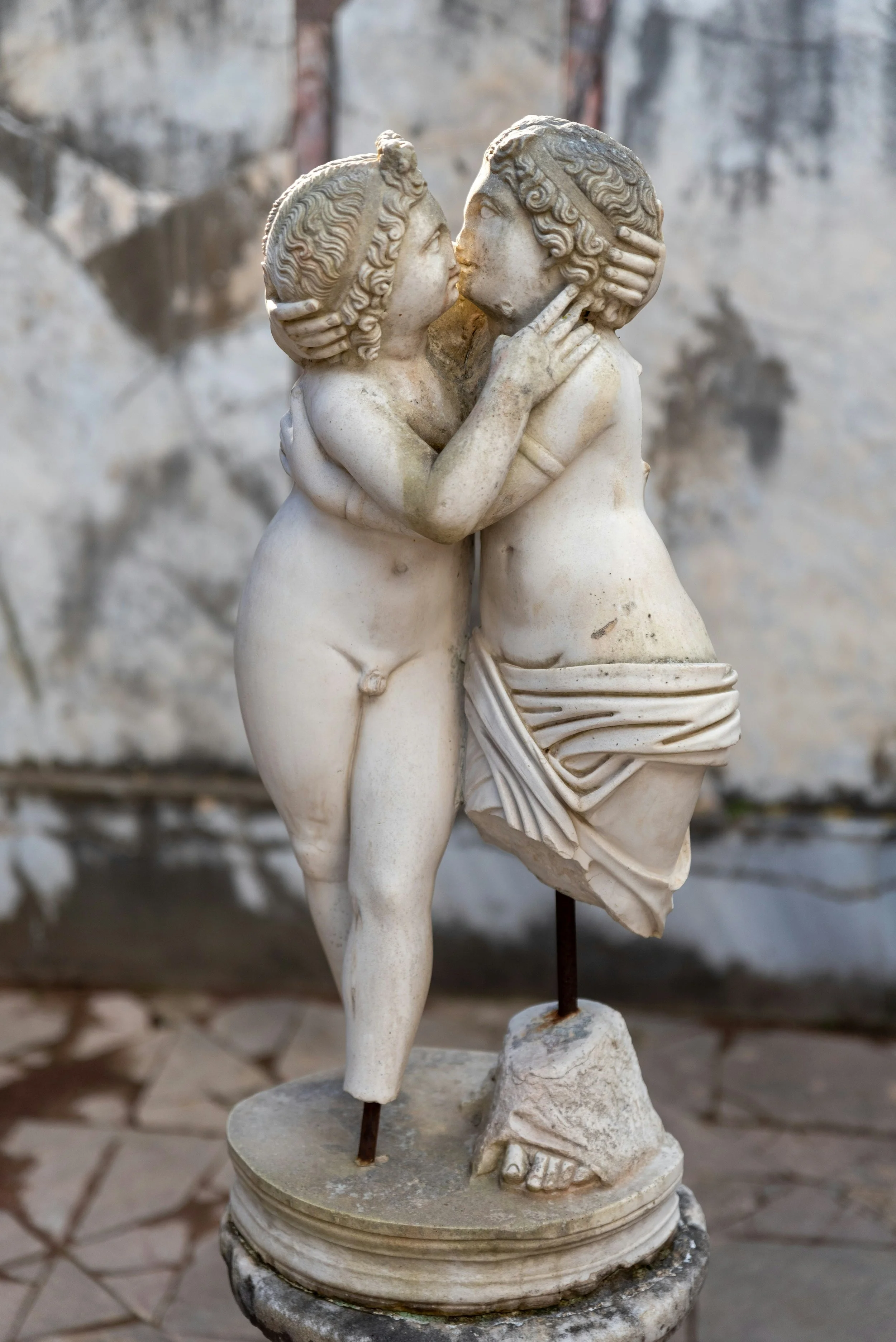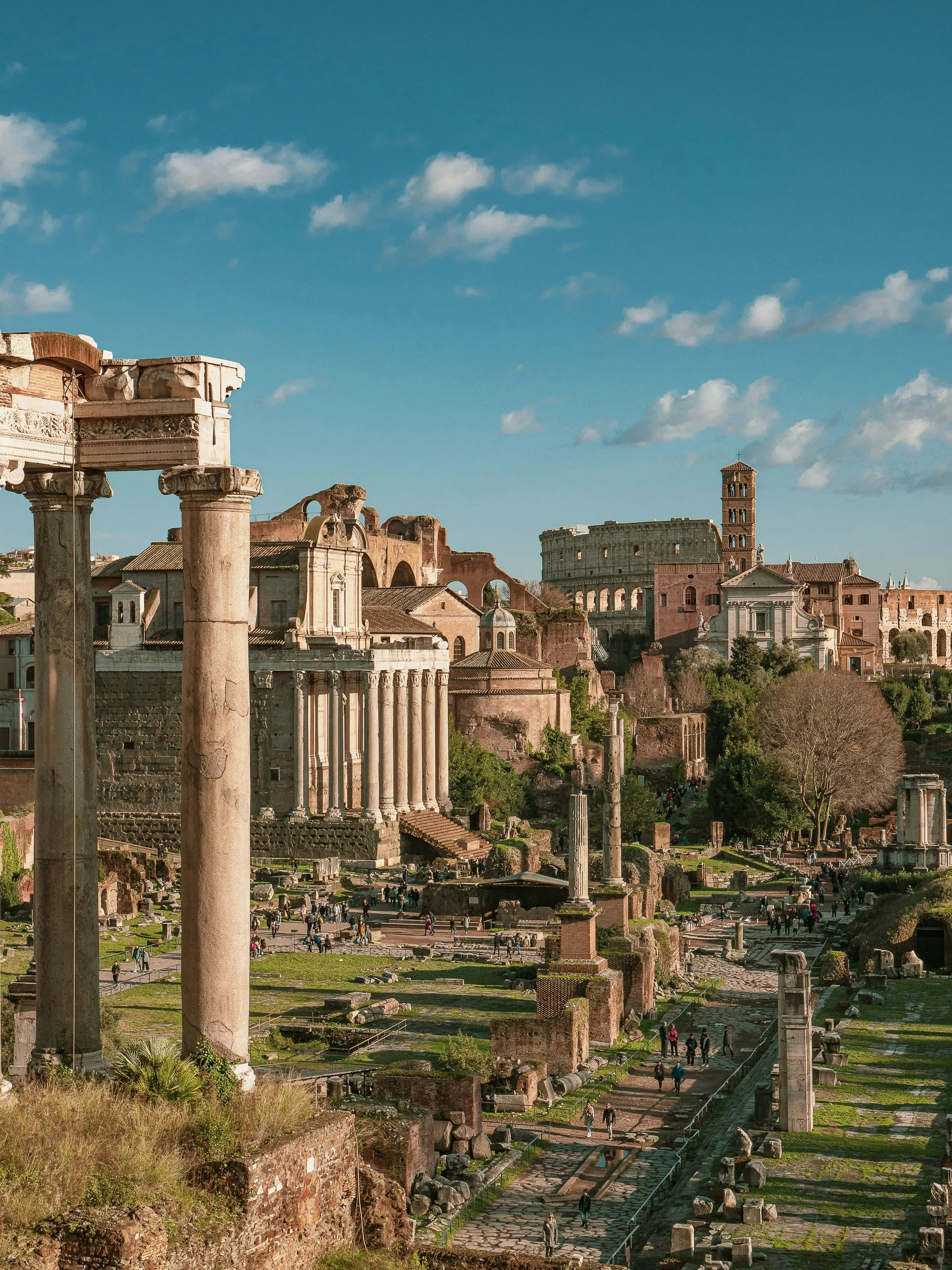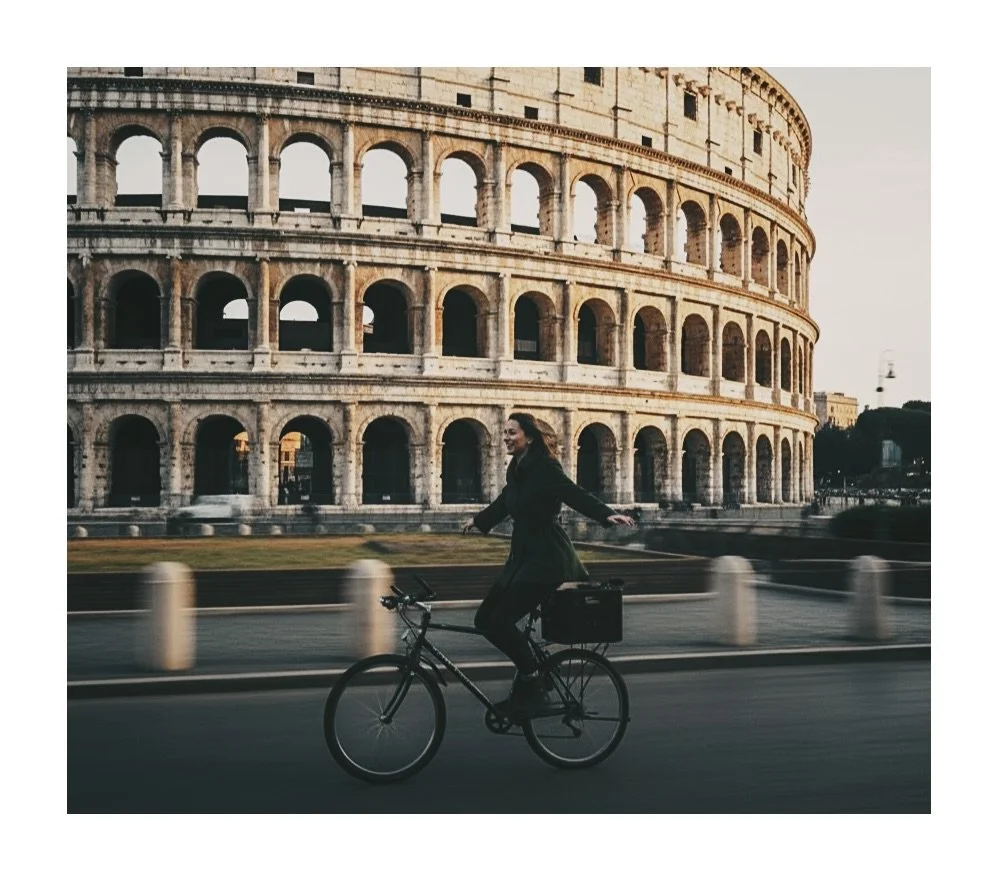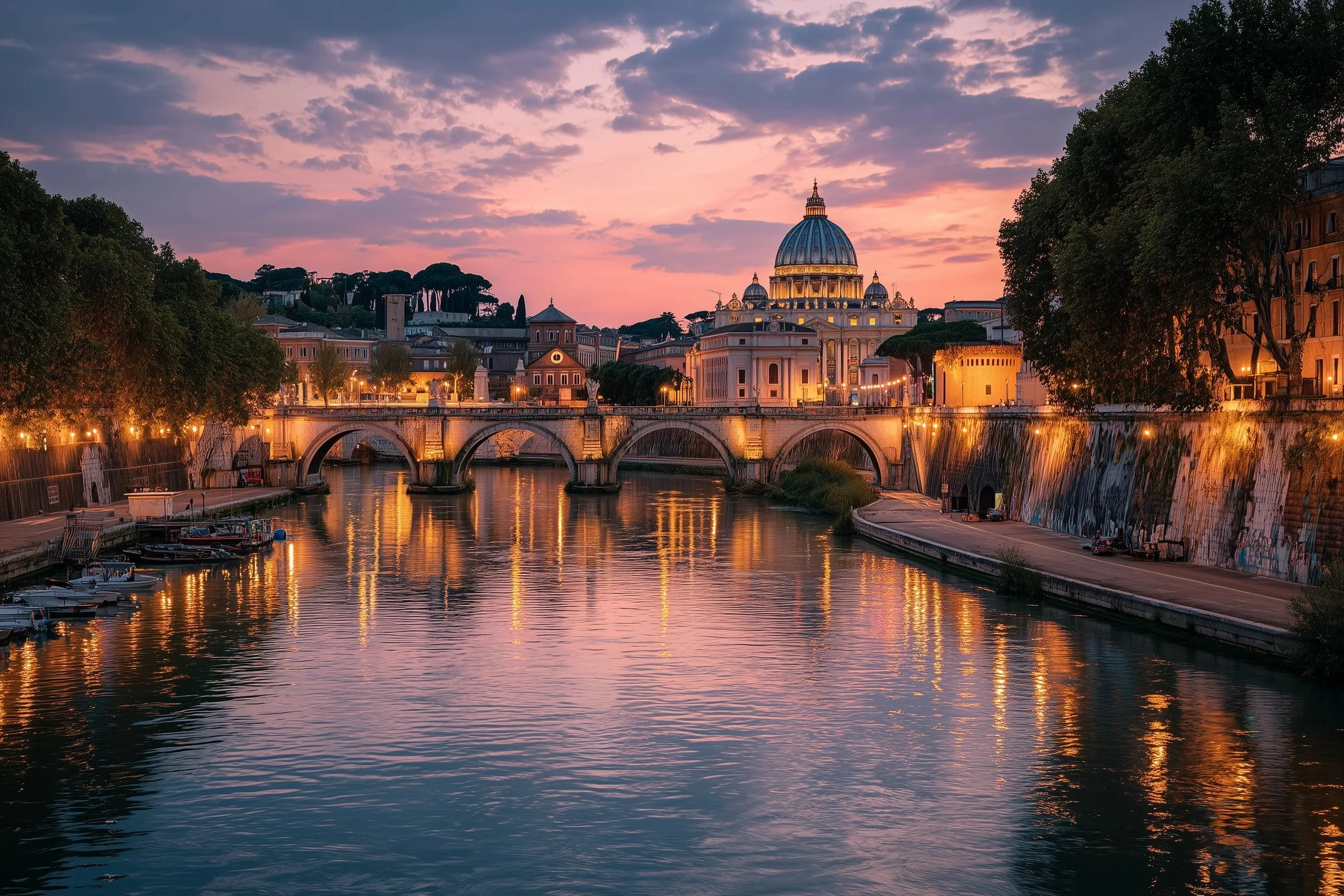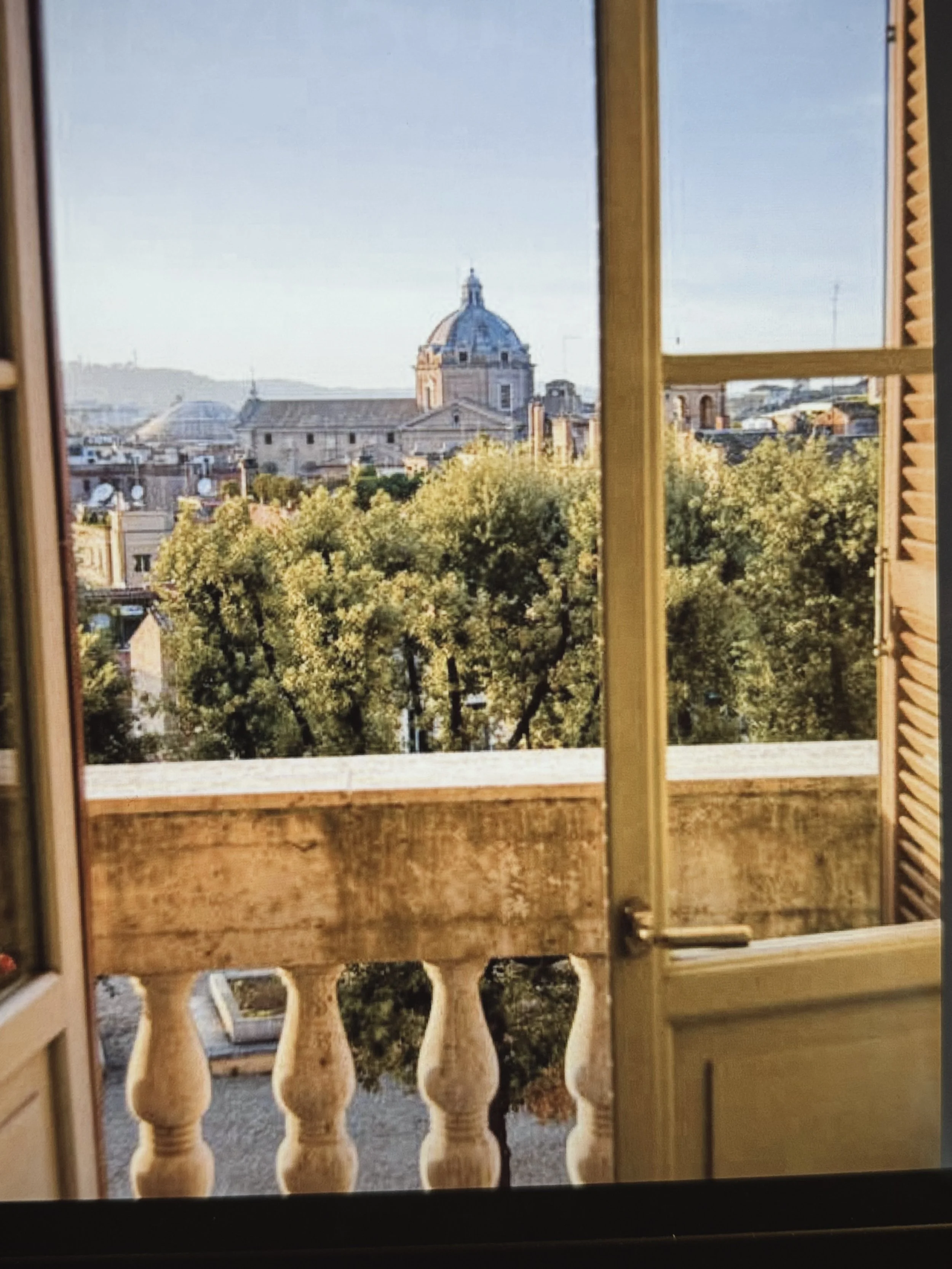The Ancient Heart of Italy
Ah, Rome. The city where time politely refused to move on — and then decided to charge tourists for the privilege of noticing.
Arriving in Rome in 2025 is an adventure that begins long before you reach the Colosseum. It starts at the airport, where the very first test of your Italian patience awaits: passport control. Here, the officials conduct their duties with the serene pace of marble statues. English proficiency, it seems, was left somewhere between the Renaissance and the invention of gelato. You’ll find yourself gesturing wildly, smiling too much, and wondering if “Arrivederci” means “you may pass” or “go stand in that line again.”
Once through this bureaucratic baptism, you reach baggage claim — a philosophical exercise disguised as a luggage carousel. Suitcases appear in no particular order, often after an extended meditation retreat behind the rubber curtains. You’ll have time to reflect on history, personal growth, and whether your luggage will ever be reunited with you before nightfall.
But patience, dear traveler, is the first lesson Rome teaches. The city rewards those who surrender to its tempo — which lies somewhere between “we’ll get there eventually” and “have another espresso first.”
Leaving the airport, you’re instantly engulfed by a magnificent chaos: taxis honking like a brass section in a Verdi opera, locals arguing about soccer in a tone suggesting national crisis, and the thick, holy aroma of espresso sanctifying the air. Architecture, naturally, ignores all rules. A Baroque façade leans against a modern boutique, while next door a ruin from 300 BC quietly sulks about being turned into a wine bar.
Rome is not a city of grids or logic. It’s a labyrinth where every wrong turn is rewarded with something better — a hidden courtyard, a saint’s fingerbone in a chapel, or a trattoria that insists its carbonara recipe dates back to Julius Caesar (though the presence of guanciale suggests otherwise).
Visitors often arrive with heroic plans: “Colosseum at nine, Vatican by noon, Trastevere for lunch.” Within a day, they’re humbled, sunburnt, and emotionally undone by the simple act of crossing a street. Rome doesn’t do schedules — it does experiences. The Eternal City laughs at checklists. It prefers that you wander, get lost, and find yourself in a conversation with a nonna who insists you’re too thin and need tiramisu now.
By evening, when the cobblestones glow and the sound of church bells floats through the warm air, you’ll understand: Rome’s chaos is not disorder. It’s rhythm. It’s theatre. It’s history rehearsing itself daily in a city that never finished its script.
So, take your time. Let the buses run late, let your luggage be slow, let your espresso cool before the next adventure. In Rome, eternity isn’t measured in years — it’s measured in how many moments you allow yourself to simply exist.
After all, this is Rome — where even waiting for your suitcase feels like part of the grand, operatic show.

